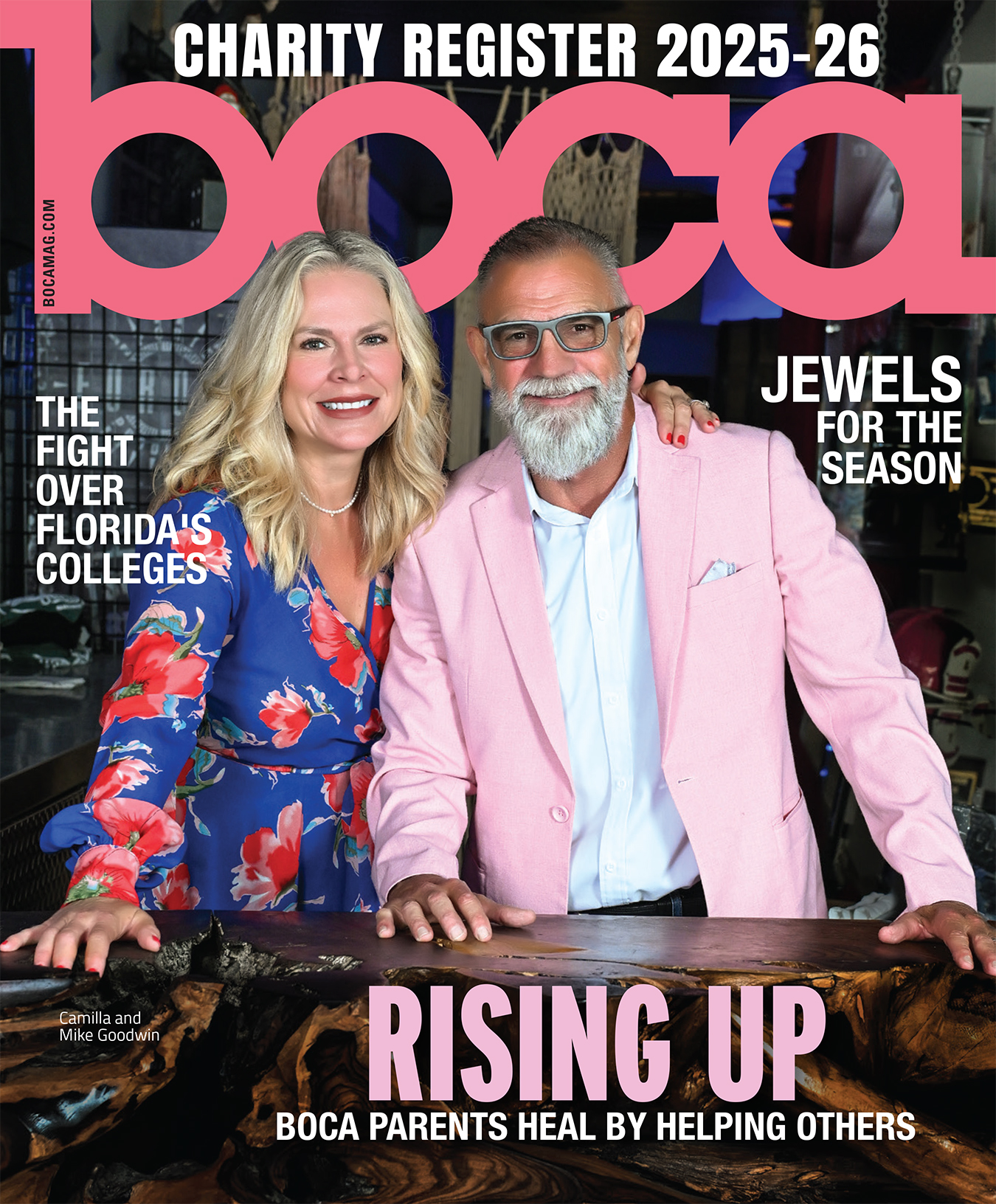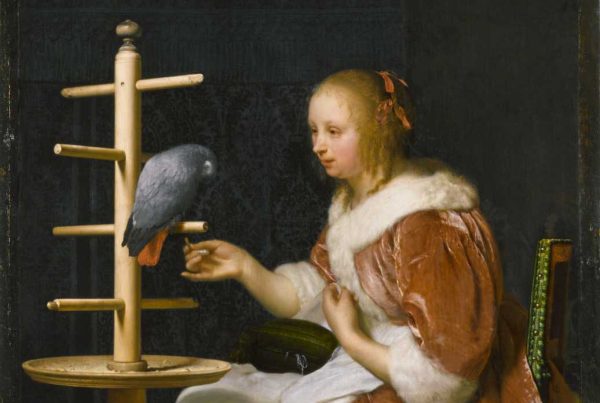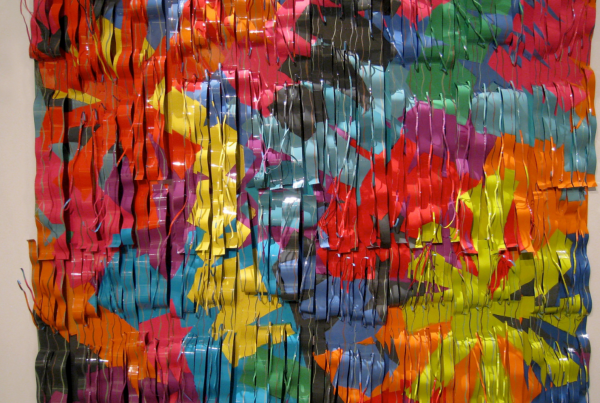The 1920s was a time of growth and expansion for cities throughout Florida. That was especially true in Boca Raton, which, with the help of famed architect Addison Mizner, was hoping to emerge as a destination beyond its roots as a farm town.
Mizner planned an extravagant community in an attempt to entice affluent people from around the world to visit Boca’s golden sand beaches. But Mizner’s best-laid plans would not bear fruit during the ’20s. His time in Boca came near the end of the land boom, and many of the projects he planned were never developed; only later did Boca expand in the way that Mizner envisioned, including buildings inspired by the great architect.
Susan Gillis, Florida native and museum curator for the Boca Raton Historical Society, found this era in Boca particularly fascinating. She published a book in 2007 called Boomtime Boca: Boca Raton in the 1920s. After acquiring numerous photographs and artifacts from this time period, the Historical Society created an exhibit showing the expansion of Boca Raton during this short but memorable time. The exhibit is on display throughout the summer at Sugar Sand Park (300 S. Military Trail, Boca Raton, 561/347-3900).
Gillis gave Boca Raton an inside look at why this time was so pivotal as well as what to expect from the exhibit.
What inspired the book Boomtime Boca? I realized I had all this wonderful raw material that most people never get to see, particularly in the way of photographs and those great posters. I wanted to share this with the general public, so that caused me to write this book and do the exhibit. Usually when you’re doing a history of a community, you might have one photo from the 1920s, not 200.
What can people expect to learn at the Boomtime Boca exhibit? I try to tell a story with my exhibit, it’s not just a bunch of photos. It’s the Mizner story, what happened after and what was here before. That’s what we do in the history museum field; we hope people will take a look into the past, and we strongly believe that sharing a community’s history is key to building a community.
Why was the development boom in Boca Raton so short? Unfortunately, Mizner came into the development stage right at the end, but no one knew that at the time. The Great Depression actually came early to South Florida for a variety of reasons. This included very bad press in the New York newspapers – because they hated to see all that money come down here – an embargo on building supplies on the railroad, and, in September of 1926, we had two of the worst hurricanes that ever hit South Florida.
Where would this city currently be if it weren’t for the work of Addison Mizner in the 1920s? It wouldn’t have precluded our growth, but we arguably would be part of Delray or Deerfield or something like that. Before him it was such a small town, and there was no center to thecommunity at all. I think maybe we would have been annexed a long time ago.
What makes Boca Raton more notable than other places developing in the 1920s? As you’ll see in the exhibit, Mizner Development Corporation used 80 or more ads calling Florida beaches “gold sand” and enticing people to come see what he was planning on building. Mizner himself was a notable architect and, until the end, had benefactors, financial wizards and others all backing him.
What do you find is the most interesting part of the exhibit? For me, it was fun to share the images of our little city becoming a town. For example, town hall being built, showing the first city town counsel minutes in the display. Also, the Yamato School, which was a Japanese colony that had its own school in 1920. Pearl City existed as a community, and there’s a picture of a black pioneer from 1920. It all gives textures and a better-rounded look at our community.
Why should Boca Raton residents see this exhibit? Because that era is so pivotal in our history, I think they will understand a lot more about how and why Boca Raton came to be. They will certainly understand why we are so obsessed with the name Addison Mizner and this Spanish style architecture and reproductions of it.
How did the exhibit end up at Sugar Sand Park?
The Historical Society has worked together with Sugar Sand Park for many years. They have a very nice exhibition space and a regular schedule, so we have provided exhibits periodically when they have a need. It is a way to sort of recycle our exhibits, and gives us a chance to share them with a greater community. They also have a good audience, people who would come to go to the theater, the explorium or ride the carousel. [These people will] walk in and go, “Wow, I didn’t know Boca had a history.”
How were the artifacts and photographs used in the exhibit obtained? They are all from our collection at the Boca Raton Historical Society, which is obtained through donation from private individuals and also agencies like the Boca Raton Resort.
What is something interesting about Boca Raton that many people wouldn’t know?
Before the 1920’s, Boca was actually called “Boca Ratones” because many people wanted it to be pronounced that way. However this was more of a navigational term referring to a rocky inlet that was nowhere near the city so the “-es” was formally dropped after Mizner came.






